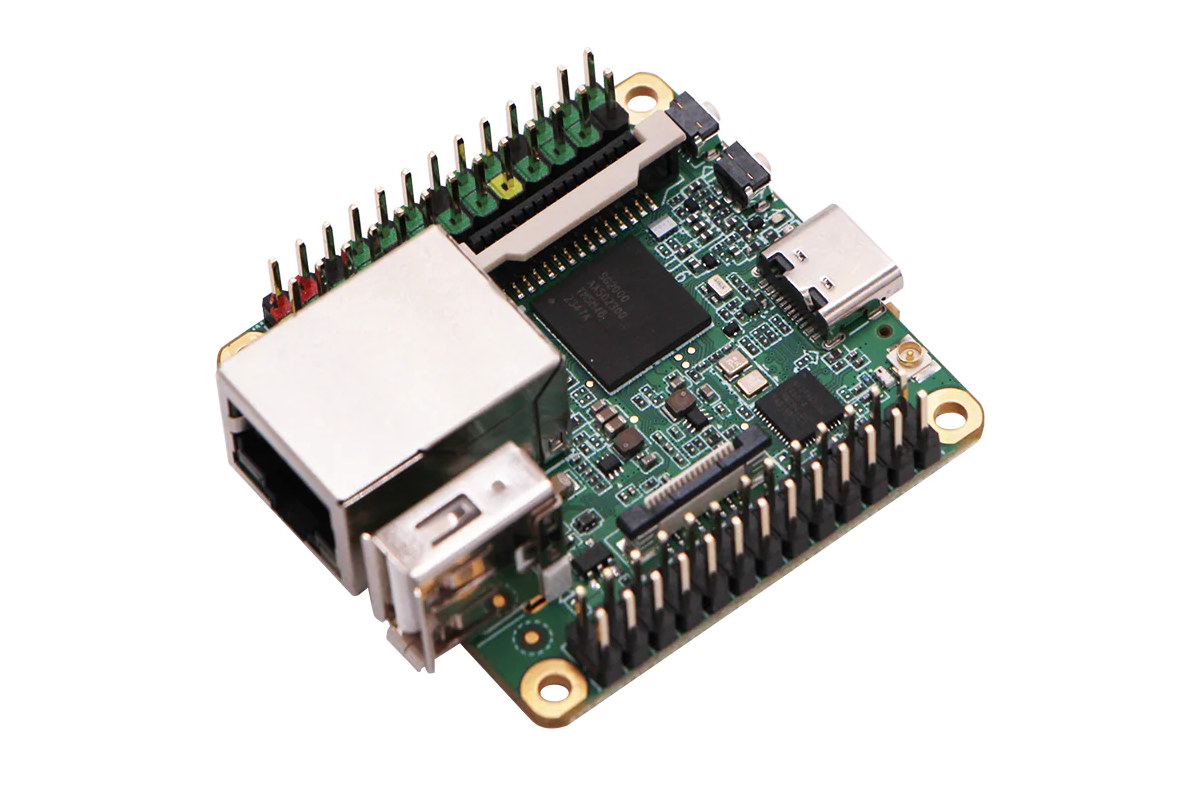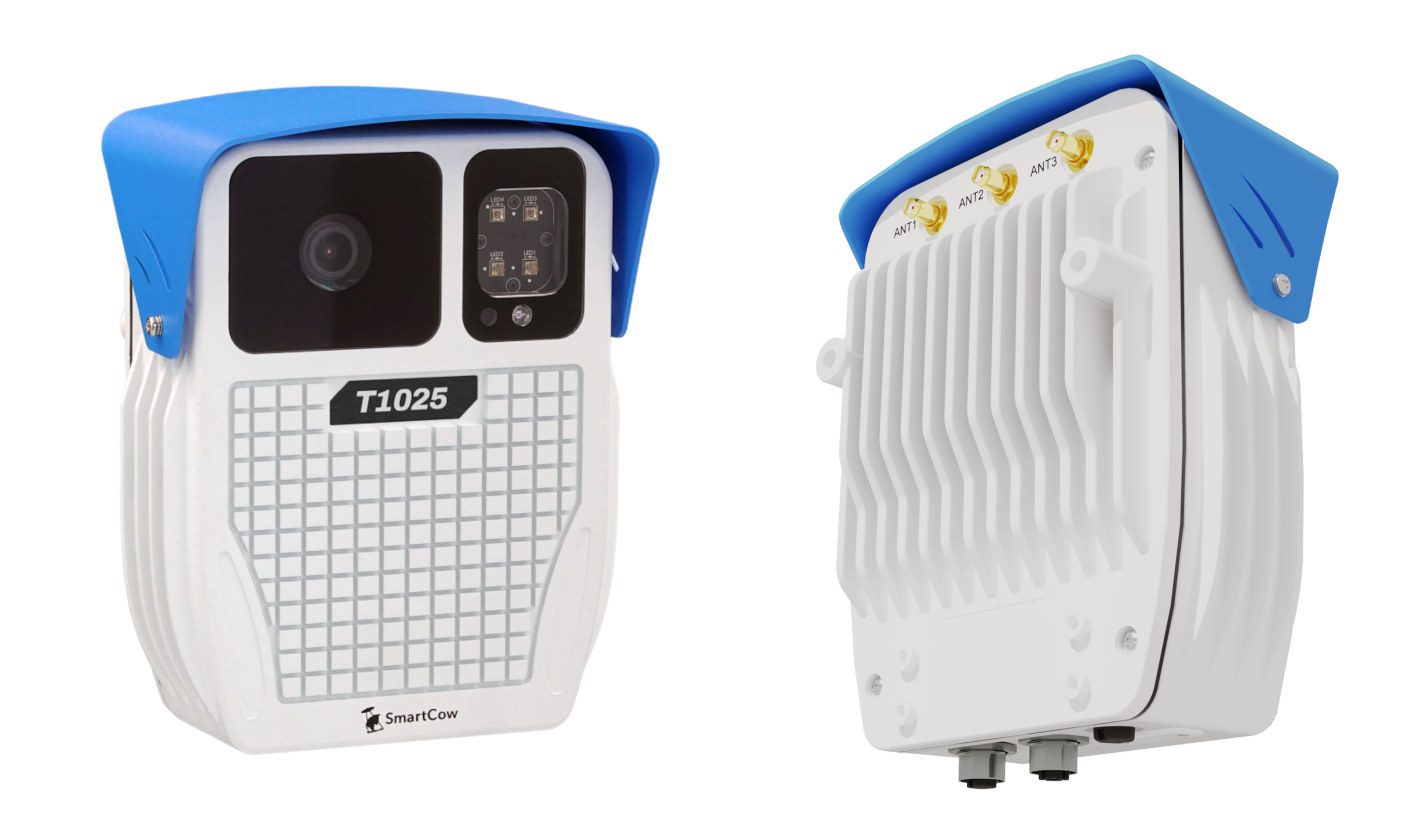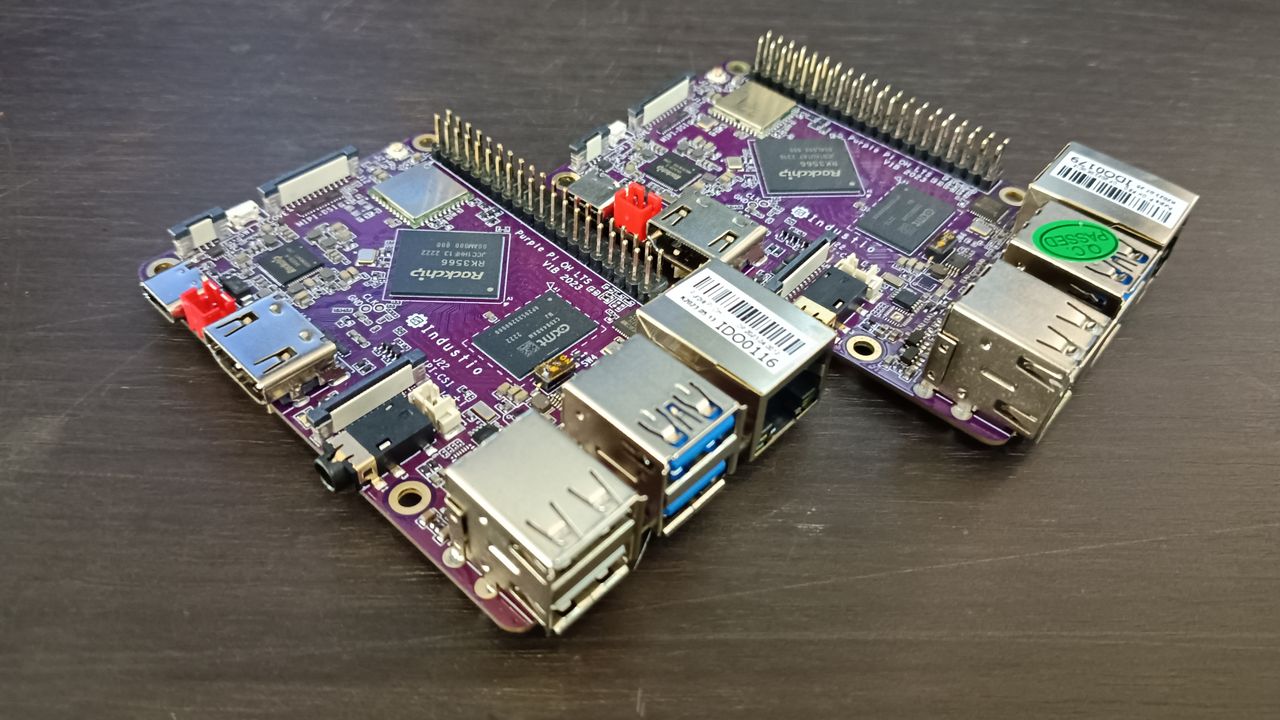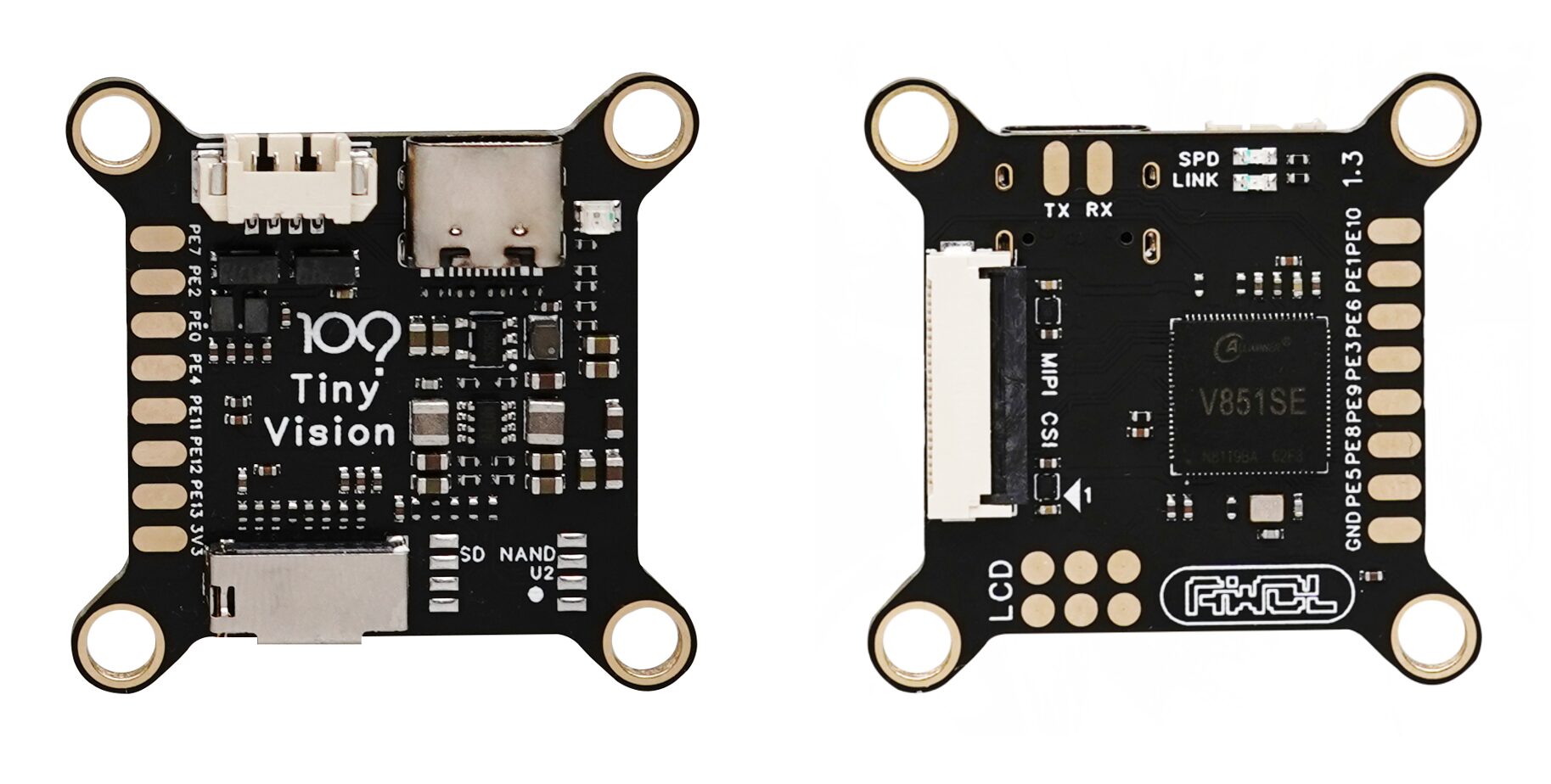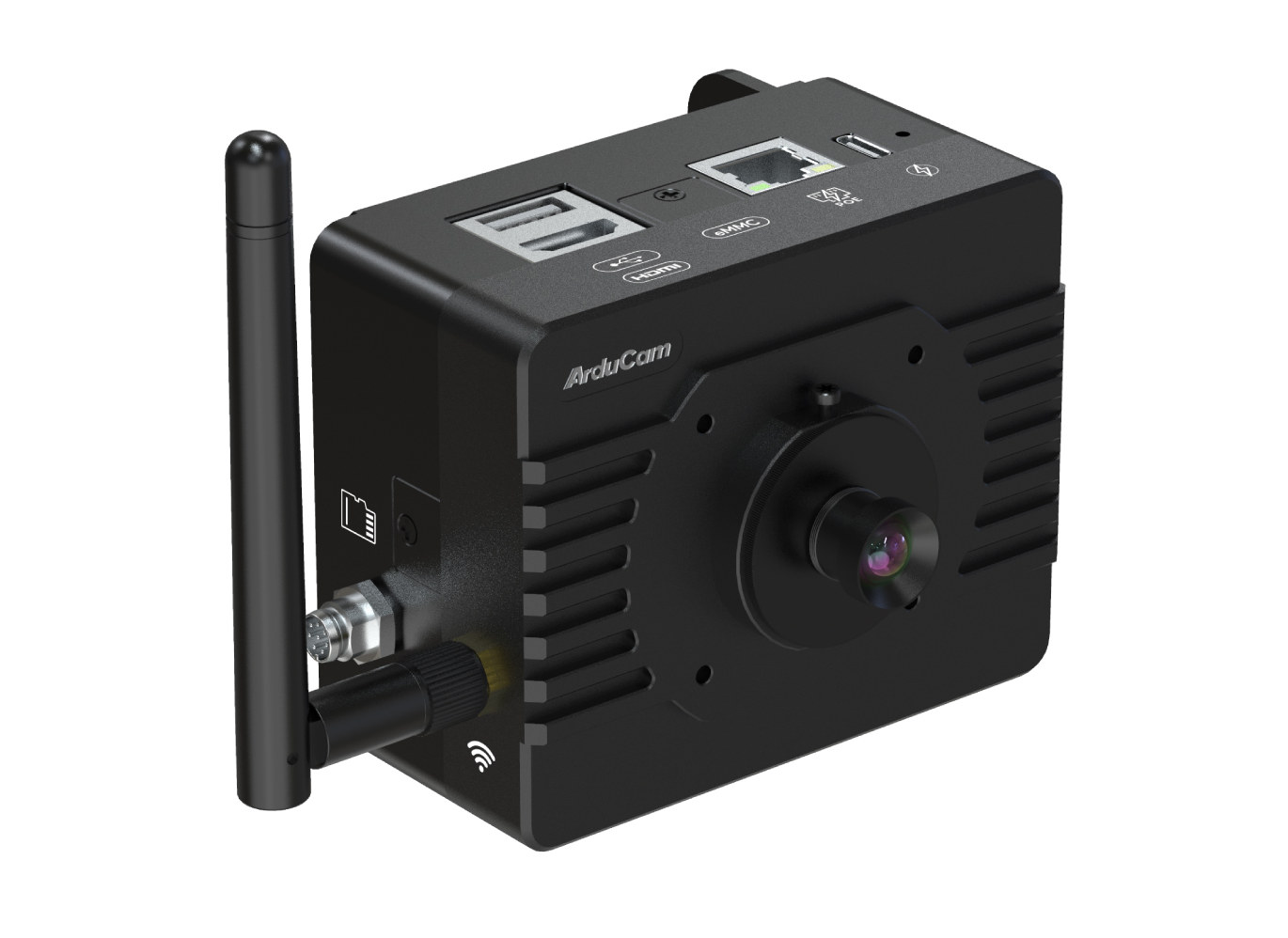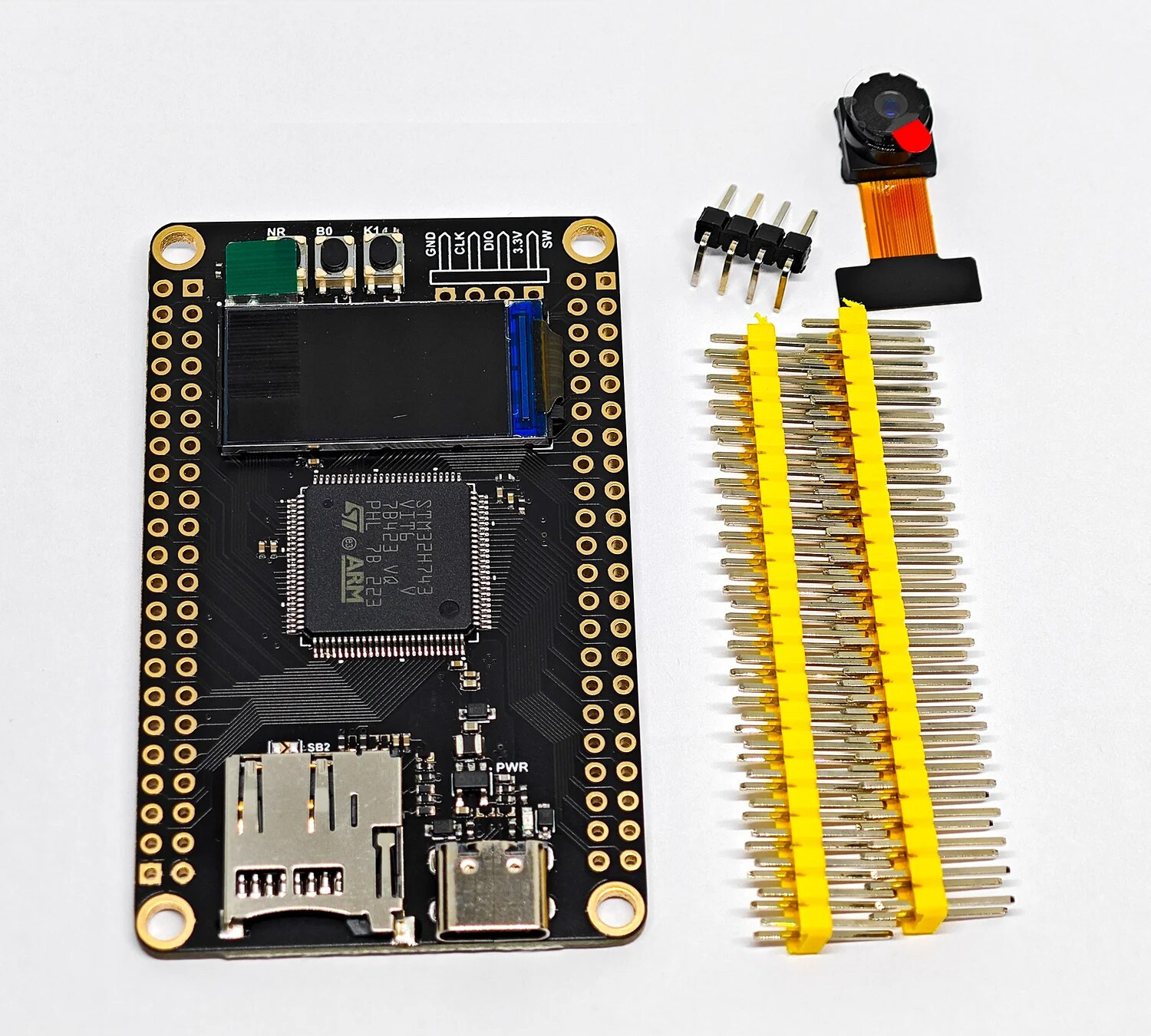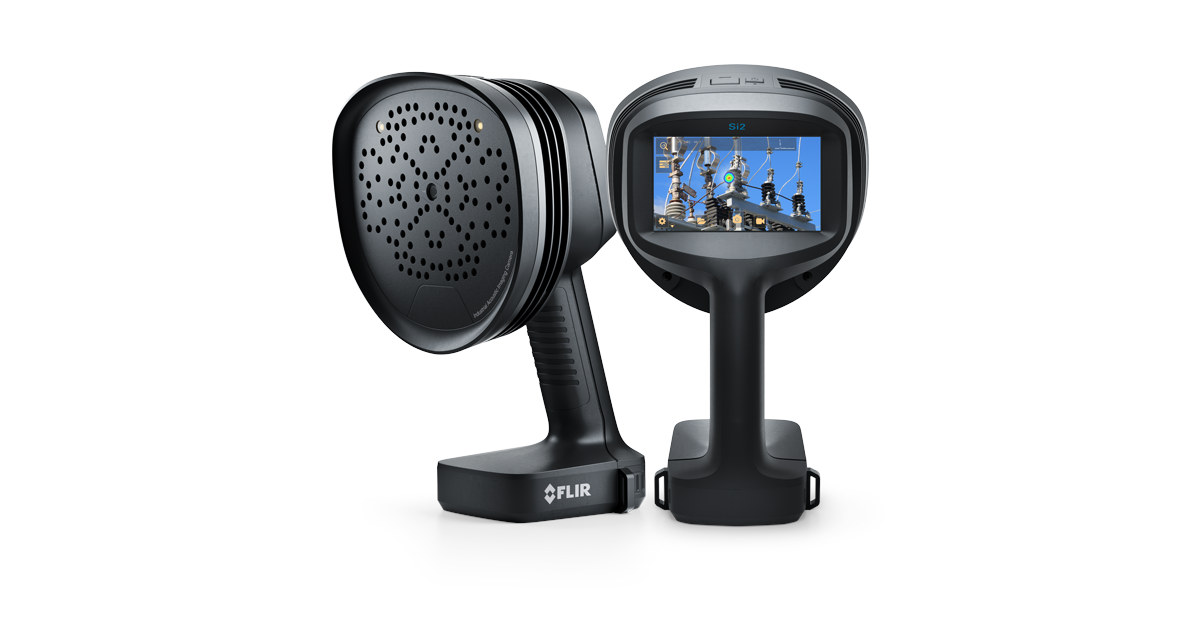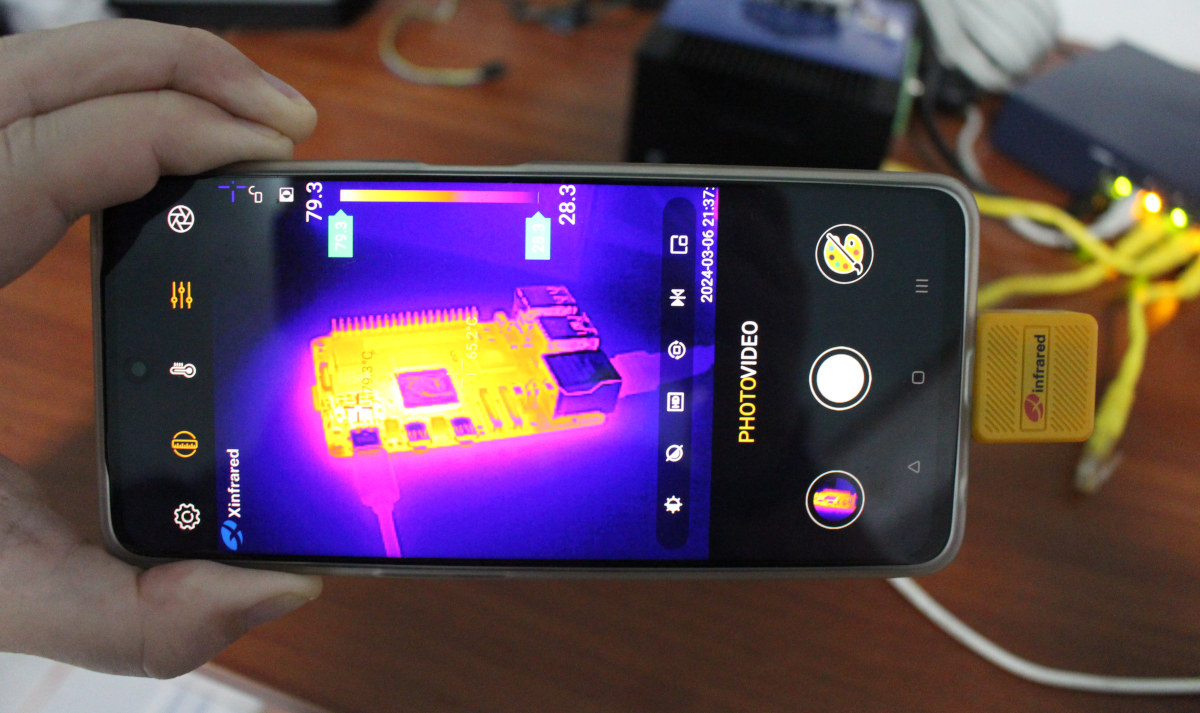Shenzhen MilkV Technology’s Duo S is a tiny SBC based on the 1 GHz Sophgo SG2000 Arm Cortex-A53 and RISC-V SoC with 512MB DDR3 (SiP), Fast Ethernet, WiFi 6, and Bluetooth 5 connectivity, and a switch to select Arm or RISC-V architecture before powering the board. We already had covered SG2002 Arm/RISC-V boards with 256MB RAM, namely the LicheeRV Nano and Duo 256M, but for people needing more memory, the Duo S provides another option that also features two 2-lane MIPI CSI connectors, a USB 2.0 host port, and two 26-pin headers for expansion. Its form factor reminds me of FriendlyELEC’s NanoPi NEO and family powered by Allwinner processors that were introduced a few years ago. Duo S specifications: SoC – SOPHGO SG2000 Main core – 1 GHz 64-bit RISC-V C906 or Arm Cortex-A53 core (selectable) Minor core – 700 MHz 64-bit RISC-V C906 core Low-power core – 25 to […]
Smartcam T1205 – An IP65-rated AI camera with NVIDIA Jetson Orin Nano 40 TOPS system-on-module
SmartCow’s SmartCam T1025 is a powerful AI camera based on the NVIDIA Jetson Orin Nano 8GB system-on-module with 40 TOPS of AI performance. The camera features M12 connectors for gigabit Ethernet, power, and serial interface, and has been certified with an IP65 ingress protection rating for outdoor operation. The camera also comes with 256GB NVMe SSD for the OS (Jetpack 6.0) and data storage and supports 4G LTE and GPS connectivity through an M.2 module. The company also introduced the SmartCam T1023 model compatible with NVIDIA Jetson Nano and Jetson TX2 NX for applications that do not require as much processing power and/or memory as provided by the Jetson Orin Nano AI camera. SmartCam T1025 specifications: System-on-module – NVIDIA Jetson Orin Nano 8GB CPU – 6-core Arm Cortex-A78AE v8.2 64-bit CPU @ 1.5 GHz with 1.5 MB L2 + 4 MB L3 GPU – 1024-core NVIDIA Ampere GPU @ 625 […]
Review of Purple Pi OH – A Rockchip RK3566 SBC tested in 2GB/16GB and 4GB/32GB configurations
Hello, I am going to review the Purple Pi OH boards from Wireless-Tag. The Purple Pi OH is a single-board computer (SBC) mechanically compatible with the Raspberry Pi. They are designed for personal mobile Internet devices and AIoT devices, which can be used in various applications, such as tablets, speakers with screens, and lightweight AI applications. The manufacturer sent me two models. The first model is the Purple Pi OH, which is equipped with 2GB of memory and 16GB of storage space and supports 2.4GHz Wi-Fi. The second model is the Purple Pi OH Pro, equipped with 4GB of memory and 32GB of storage space. This board supports both 2.4GHz and 5GHz Wi-Fi. The other components of both devices are almost the same. They are powered by the Rockchip RK3566 chip, which integrates a quad-core Cortex-A55 processor up to 1.8 GHz, a Mali-G52 GPU from Arm for 3D graphics acceleration, […]
TinyVision is a compact Allwinner V851S/V851S3-powered Linux board for vision-based applications
Unrelated to tinyVision.ai, the TinyVision development board is a computer vision board from Chinese developer YuzukiTsuru powered by either the Allwinner V851S or the V851S3 and is billed as an “ultimate all-in-one solution for Linux motherboards, IPCs, servers, routers, and more.” It packs features such as a Cortex-A7 core running at 1200MHz, a 2-channel MIPI CSI input, and an independent image signal processor (ISP) capable of a maximum resolution of 2560 x 1440 in a compact form factor. TinyVision specifications: Processor – Allwinner V851SE / V851s3 with Cortex-A7 core @ 1200MHz and RISC-V E907GC core @ 600MHz NPU: 0.5TOPS (tera operations per second) @ INT8 precision Memory – 64MB DDR2 (V851se), 128MB DDR3L (V851s3) Storage – MicroSD card slot (supports UHS-SDR104), onboard SD NAND via SPI Display – 2-lane MIPI DSI (1280 x 720 @ 60fps), RGB LCD (320 x 240 @ 60fps) Video Input ISP with a maximum resolution […]
Arducam KingKong – A Raspberry Pi CM4-based Edge AI camera with global shutter sensor, Myriad X AI accelerator
ArduCam KingKong is a Smart Edge AI camera based on the Raspberry Pi CM4 and system-on-module based on Intel Myriad X AI accelerator that follows the Raspberry Pi 5-powered Arducam PiINSIGHT camera introduced at the beginning of the year. The new product launch aims to provide a complete Raspberry Pi-based camera rather than an accessory for the Raspberry Pi 4/5. Smart cameras built around the Raspberry Pi CM4 are not new as we previously covered the EDATEC ED-AIC2020 IP67-rated industrial AI Edge camera and the StereoPi v2 stereoscopic camera used to create 3D video and 3D depth maps. The ArduCam KingKong adds another option suitable for computer vision applications with an AR0234 global shutter module, PoE support, and a CNC metal enclosure. ArduCam KingKong specifications: SoM – Raspberry Pi Compute Module 4 (CM4) by default CM4104000 Wireless 4GB RAM Lite (0GB eMMC). AI accelerator – Luxonis OAK SOM BW1099 based on Intel […]
WeAct STM32H743 Arm Cortex-M7 board ships with a 0.96-inch LCD and a choice of camera sensors
WeAct STM32H743 is a small MCU development board powered by a 480 MHz STMicro STM32H743VIT6 Cortex-M7 microcontroller and equipped with a small LCD and a camera connector taking OV2640, OV5640-AF, OV7670, or OV7725 camera sensors. The board comes with 2048KB flash and 1MB RAM built into the STM32H7 microcontroller, 8MB SPI flash, 8MB QSPI flash, a microSD for data storage, USB-C port for power and programming, a few buttons, and plenty of I/Os accessible through two 44-pin headers. WeAct STM32H743 specifications: MCU – STMicro STM32H743VIT6 Arm Cortex-M7 microcontroller at 480MHz with FPU, DSP, and MPU, 2048KB flash, 1MB RAM Storage – 8MB SPI Flash, 8MB QSPI Flash (bootable), microSD card socket Display – 0.96-inch TFT LCD based on ST7735 SPI display driver Camera 8-bit Digital Camera Interface (DCMI) with autofocus support OV2640 (1600×1200), OV5640-AF (2592×1944 with autofocus), OV7670 (640×480), or OV7725 (640×480) camera sensors are supported USB – 1x USB-C […]
FLIR Si2 acoustic imaging camera features 124 microphones to detect leaks and faults up to 200 meters away
Teledyne FLIR is well known for its thermal imaging infrared cameras, but the FLIR Si2 is different as instead of measuring temperature, the acoustic imaging camera is equipped with 124 sensitive microphones to detect leaks, electrical discharge, and mechanical faults up to 200 meters away. The acoustic imaging camera also comes with a 5-inch display and a 12MP RGB camera. It is available in three variants: the FLIR Si2-PD for partial discharge detection, the Si2-LD for air leak and mechanical fault detection, and the Si2 Pro capable of handling both. FLIR Si2 specifications: Display – 5-inch resistive touchscreen TFT PCB with 1280 × 720 resolution Measurement and analysis FLIR Si2-LD Detection threshold 20 kHz: -7 dB SPL 35 kHz: 4 dB SPL 50 kHz: 10 dB SPL 80 kHz: 36 dB SPL 100 kHz: 51 dB SPL Supported gases: Compressed air, hydrogen, CO2, methane, natural gas, helium, argon, ammonia Other […]
Xtherm II TS2+ review – A 256×192 thermal imager tested with an Android smartphone
Shortly after I wrote about the Mustool MT13S 2-in-1 thermal imager and multimeter, Xinfrared asked me if I wanted to review the Xtherm II TS2+ thermal imager for smartphones. They offer versions that work for Android or iOS smartphones, so the company sent me the Android version of the Xtherm II TS2+ for review. After listing the key features and specifications, I’ll go through an unboxing, and report my experience using the thermal imager with the OPPO A98 5G smartphone running Android 14. Xtherm II TS2+ specifications Minimum focus – 8mm Resolution – 256×192 Pixel Pitch – 12μm FOV – 44.9° x 33.4° Image Frame Rate – 25Hz NETD (Noise Equivalent Temperature Difference) – ≤40mK@25°C, F#1.0 MRTD (Minimum Resolvable Temperature Difference) – ≤500mK@25°C,F#1.0 Temperature Range Measurements- -20°C ~ +450°C with ±2°C or ±2% reading accuracy Operating – -20°C ~ +50°C Temperature Correction – Manual/automatic Power Consumption – <350mW Dimensions – […]


